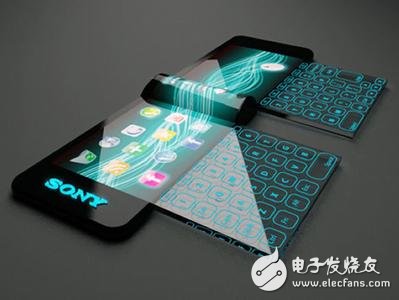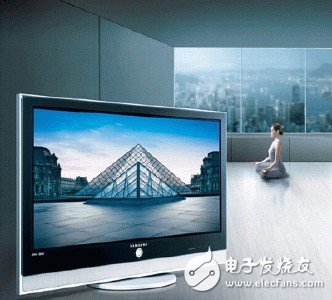Another global flat panel market display technology for large-scale applications and mature markets is PDP plasma display technology. The display technology accounts for 20% of the global market for large-size color TV products. Although unlike plasma, plasma technology is difficult to become a strong contender for OLED, OLED will eventually replace PDP technology, because OLED is more perfect in many aspects.
From the display effect, PDP plasma technology is superior to LCD technology: contrast, color, response time are higher than LCD products, and even achieve the possible display effect of OLED. However, OLED display products are still significantly ahead of PDP technology in terms of display density, angle, and unit energy consumption brightness, especially in the ideal thickness of the product, less than one-tenth of the PDP. . Therefore, the overall display effect OLED is significantly stronger than the PDP, and the PDP is significantly stronger than the LCD. The defect of OLED compared with plasma PDP is still reflected in the lifetime.

From the applicability of the product, the PDP is a gas small capsule structure, and a glass (ceramic) screen frame with a certain thickness must be used. The screen must have a protective structure, otherwise it is easily broken under the influence of collision, temperature and pressure, and the PDP It is seriously backward in high-resolution technology and cannot produce small-sized high-definition products. In contrast, OLEDs are solid-state displays that are simple, lightweight, and lightweight, and can be characterized by a flexible or transparent substrate. OLED products are prepared to meet the practical needs of various special conditions and special conditions. Conventional applications do not require special protection, meet different sizes of high-definition display, and are suitable for use in combination with a variety of other film structures (resistive touch screens).
From the point of view of manufacturing cost, OLED and PDP are almost equal in terms of large-size display. However, in the construction of the production line, the cost of OLED is significantly higher than that of the PDP, which may reach several times or even 10 times the investment in the construction of the PDP product line. This is a major bottleneck in the mass production of OLED products.

Although the investment in the preparation of OLED products is even greater, PDP products still have no advantage in the market. Because LCD products, which are also more expensive than PDPs, have gained market advantages for PDP's main large-size display devices. This advantage will be fully inherited by the OLED technology that can inherit the LCD production line. Or, it can be said that the success of LCD today has helped OLED to complete the first step of investment. The conversion and upgrade of LCD to OLED is inevitable, and the scene of LCD victory over PDP will be inherited by OLED in the near future.
Bimetallic thermometer combines two metals with different linear expansion coefficients, and one end is fixed. When the temperature changes, the thermal expansion of the two metals is different, which drives the pointer to deflect to indicate the temperature. This is bimetallic sheet thermometer, as shown in the figure on the above page. The temperature measurement range is - 80 ~ 500C, which is suitable for temperature measurement when the accuracy requirement is not high in industry. As a temperature sensing element, bimetallic sheet can also be used for automatic temperature control.

Bimetal Thermometer,Marine Bimetal Thermometer,Bimetallic Thermometer For Marine Pipeline,Bimetallic Thermostat Thermometer
Taizhou Jiabo Instrument Technology Co., Ltd. , https://www.jbcbyq.com
